Review: Samsung Galaxy Victory 4G LTE for Sprint
Oct 12, 2012, 10:38 AM by Eric M. Zeman
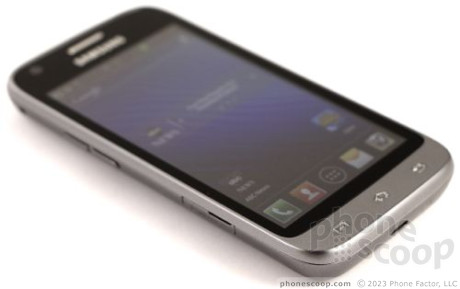
The Samsung Galaxy Victory 4G LTE is a capable mid-range Android smartphone for Sprint. In addition to LTE, it offers Ice Cream Sandwich, and a 5-megapixel camera all wrapped up in a small, pocketable device.
Form
Is It Your Type?
For the consumer seeking a mid-range, affordable smartphone with a dash of LTE 4G, the Samsung Galaxy Victory fits the bill. It's no Galaxy S III, but it still stuffs plenty of features into its compact form.
Body
About the most appealing aspect of the Samsung Galaxy Victory 4G LTE's hardware is that it isn't black. Unlike so many other Galaxy devices before it, the Victory is solid gray. The gray plastics have tiny, reflective flecks that catch light and give the appearance a wee bit of luster. The tone of the gray changes as you rotate it in your hand. It's kind of neat. At least black phones don't do that. Everything else about the Victory's design, though, is familiar.
The Victory is a conservative slab with rounded corners and soft edges. The plastics are smooth and the Victory is comfortable to hold. It's not too heavy, nor is it too light. The quality of the materials is good enough and the Victory doesn't feel cheap at all. It is manufactured well. All of the seams matched tightly and there was no creaking or loose elements. The smallish profile and glossy plastics mean it will easily slip into and out of pockets.
Samsung brought back one design element for the Android control buttons that I particularly like. Back in 2007/2008, Samsung used capacitive buttons that were raised from the surface a little bit (think the Helio Mysto). These are the types of buttons on the front of the Victory. What I like about them is that you can easily find them with your thumb without looking. The raised symbols are by no means obtrusive. They're just subtle enough to make the functions easy to discern from one another. These three buttons provide haptic feedback when pressed, and illuminate as well.
The volume toggle on the left is a cinch to find and use. Travel and feedback is quite good. Oddly, Samsung has tossed the lock button on the top edge of the Victory. Samsung usually puts the lock button on the right edge. The lock button sticks out nicely and also has good travel and feedback. Surprisingly, the Victory has a dedicated camera button along the right edge. It can be used to launch the camera as well as snap pictures. It's a single-stage button, but provides excellent travel.
As for ports, the headphone jack is on top, the microUSB on the bottom, and the microSD memory card slot on the left edge. The microSD slot is covered by a hatch. The hatch isn't any trouble to peel back.
The battery cover is a breeze to remove. The battery itself can be pulled, which has become an increasingly rare "feature" in the last year or two. The SIM card is embedded in the device and can't be accessed at all.
Nothing about the Victory's design or hardware stands out as "Awesome, man!", but it works as intended and doesn't hinder usability.
Performance
Screen
The Victory's 4-inch LCD is among the first from Samsung to disappoint me. The resolution is OK at 800 x 480, but it's not nearly as bright and colorful as the Super AMOLED screens on higher-end Samsung devices. With the brightness set all the way up it looked decent, but this comes at the cost of battery life. The pixel density is enough that I'm not cringing, but you can easily pick out individual pixels when you hold the phone close. Outdoor visibility is non-existent.
Signal
The Victory performs on par with other Sprint devices tested in the metro NYC region. In most places, it was able to connect to Sprint's CDMA 3G network and hold on. It showed two bars in my office, which is typical, and dropped to zero bars in my basement (also typical). The Victory was unable to surf the web or make calls with it showed zero bars of coverage. If there was even one bar available, it didn't have any problems making calls or using the web. In the strongest signal areas, I noticed faster browsing speeds and no problems with making/receiving calls.
Due to the limited footprint of Sprint's LTE 4G network (it is only available in about 20 markets, many of which are small), we were unable to test the Victory's performance on LTE.
Sound
Voice calls were pretty good, but definitely short of excellent. About 75% of calls were clear and free of static, but the remaining 25% suffered from drop-outs and clipping. The volume of the earpiece speaker rates 4 out of 5 stars in my book. It's good for most situations, but it won't be loud enough in the noisiest places. I'd give the speakerphone the exact same ratings as the earpiece in terms of quality and volume: OK, and not quite loud enough. I didn't have any problem hearing the ringers or feeling the vibrate alert, though.
Battery
Keeping in mind that we were unable to test the Victory under LTE 4G coverage, the phone did well. If you don't mind keeping the auto-brightness on (or setting the brightness at 50% or less) you should be able to get through an entire day with no problems. But if you're interested in actually seeing what's on the screen from time-to-time and keep the brightness set to 75% or higher, you might notice the Victory doesn't survive much past dinner time.
Basics
Menus
The Victory runs Android 4.0 Ice Cream Sandwich with TouchWiz. It's also compatible with Sprint iD, which lets owners download bundles of apps, wallpapers, widgets, and ringtones that are tied to a specific theme.
The lock screen offers shortcuts to the camera, phone, and messaging apps. These cannot be customized.
There are five home screen panels for customization. Keep in mind that the Sprint iD packs install their own widgets, shortcuts, and such. You can customize each iD pack individually, but not until after you've installed them.
The main app menu is a standard grid and cannot be customized in any way, not even set to list view. The device settings look and behave as most other Ice Cream Sandwich smartphones. Simple tweaks, such as the wallpapers and ringtones, are a cinch to make — but they'll be negated when you install a fresh iD pack.
I was not impressed with the Victory's performance. I saw a lot of stuttering when transitioning between screens. It paused overlong when switching apps, and opening fresh apps often took several seconds more than I expected them to.
Calls/Contacts
The Victory uses the stock Android phone and contact applications. They behave as they do on many other Android smartphones. What I found most disappointing is that there aren't any pre-installed contact widgets. There are direct dial shortcuts, but no fancy widgets for your favorites or groups. C'mon, Samsung.
Messaging
Again, the Victory doesn't stray far from the stock Android 4.0 tools. Gmail, email, Google+, G+ Messenger, Talk, and the text messaging apps are all present and accounted for. I didn't encounter any surprises in using them. They are solid, well-established applications.
Aside from Google+, you're completely on your own for social networking. Neither the Twitter nor Facebook apps are pre-installed, and there is no support for AIM, Windows Live, or Yahoo IM on board. To use any of these services, you'll have to download them yourself from the Google Play Store.
Extras
Media
The Victory's media tools are centered on the Google and Samsung content stores. The Google Play Store is front and center, which includes access to apps, music, movies, TV, magazines, and so on. The Google Play Music, Movies and Books apps are pre-installed in conjunction with the Play Store. These give you access to the content you've purchased from Google, as well as any you may have sideloaded yourself.
Then there's the Samsung Media Hub. The Media Hub is the Samsung-run store for purchasing movies and television shows. The selection is not as good as Google's, and the store software itself runs really, really slowly. For example, the simple act of browsing through movie titles was painful. It requires too many page refreshes, that take too long.
There is also a simple music player and simple video player for those who prefer featureless playback functionality.
Lastly, Sprint TV is available. This is a video streaming application that lets users access a limited selection of television and movie content. The performance of this app rivaled what I've seen from the same service delivered to AT&T and T-Mobile devices. All three use the MobiTV backbone, and for whatever reason, Sprint's variant provides the best quality.
Camera
The Victory includes a 5-megapixel shooter that has a similar interface to other Samsung devices. The camera can be launched via the dedicated camera button, the lock screen shortcut, or the regular app icon. It takes about 2 seconds to launch.
The camera's controls are laid out in a way that makes sense and is easy to use. I had no problem making changes to the behavior of the camera or altering the settings.
Once you've spent a moment familiarizing yourself with the controls, the camera is a breeze to use. It focuses and shoots photos quickly. You can choose to use touch-to-focus if there is something in particular you want to be in focus.
Photos
The Victory's camera captures 5 megapixels. It is aided by auto-focus and a flash. I was pleasantly surprised by the results. Though there's no denying the camera is a wee bit slow, it captures images that are in focus, have proper exposure, and show correct white balance. There was perhaps more grain in some shots than I cared to see, but in general, the Victory did OK.
Video
I wasn't quite as pleased with the video I captured. Video can be captured at a maximum of 720p HD. For the most part, it is in focus and correctly exposed. The video I captured was wavy every now and then, with odd artifacts and smearing in the results. The problems aren't ruinous, but they leave you wondering just exactly what you're going to get.
Gallery
The Victory's gallery application is very close to the stock Android 4.0 gallery app and includes only a minimal set of features. Images can be shared via every network or online service possible with but a few taps. If you want to edit photos, however, you'll have to work for it.
For whatever reason, Samsung's photo editing app is not installed on the device. If you're in the gallery app, and choose the "Edit" button, you'll be prompted to download the photo editing app. But, in order to do that, you may have to update the Samsung App Store and reboot the freaking phone. Only *then* can you edit photos. It's a hassle and a half the first time you want to edit a photo.
The gallery app does work with Samsung's Buddy Photo Share. This lets a group of people instantly share photos with the other members of the group. The only catch is it only works with other Samsung phones that support the feature.
Apps
Sprint has been getting better and better at keeping bloatware to a minimum. The Victory has only 44 apps pre-installed; many of them are the standard set of Google tools. The Sprint-branded stuff is limited to Sprint Hotspot, Sprint iD, Sprint Video, and Sprint Zone. However (and this is a *big* however), if you choose to install any Sprint iD packs, that adds a lot of extra apps you may not want.
Bluetooth
The Victory has Bluetooth 4.0 and it works with just about every type of Bluetooth device out there. The Victory worked perfectly with each; I had absolutely no trouble pairing and connecting with any of the doo-dads I have in my office. Phone calls, however, sounded like crud through standard Bluetooth headsets. Music sounded pretty good through stereo Bluetooth headphones.
Browser
The Victory ships with the Android browser on board. It's a decent browser, no doubt, although I like Google Chrome much better. As noted earlier, download speeds were never all that fast on Sprint's 3G network. They ranged between 700Kbps and peaked at 1.1Mbps, with the average at about 900Kbps. I found the browsing experience to be lacking all around. This is the experience that most people will have with the Victory, given the limited coverage offered by Sprint's LTE network at this point. We'll update this section once we are able to text the Victory in an area that offers LTE coverage.
Clock
There's a white digital clock on the lock screen. It's big enough to be seen at an arm's length, but be careful with the wallpaper you pick. Light or white backgrounds will make the clock impossible to see.
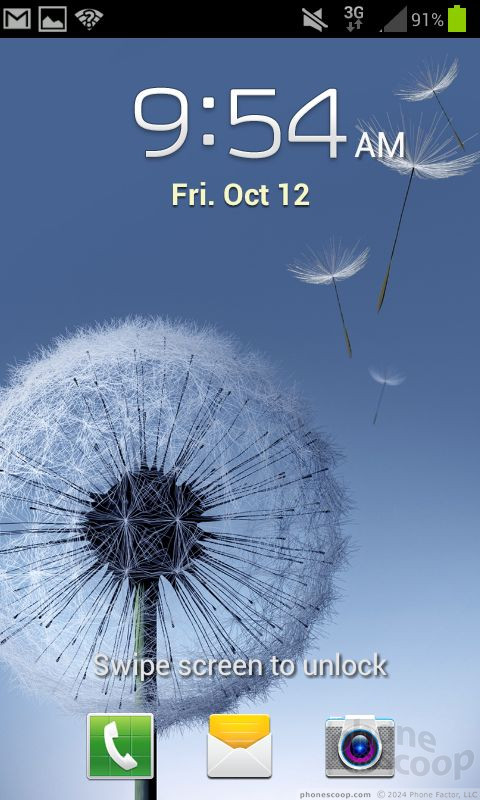
GPS
The Victory ships with Google Maps (complete with Navigation and Latitude). Google Maps is free, and offers an ever-growing set of features for finding points of interest and planning routes there and back. The Victory's GPS radio performed quite well. It found me consistently within about 15 seconds and located me to within 25 feet.
S Voice
Like Apple's Siri, S Voice is a voice-controlled assistant for the Victory. Double tap the home key and S Voice launches, asking you what you want help with. You can search for contacts, dictate SMS messages, check the weather, see alarms, and so on. Speed and accuracy of the application were hit-or-miss.
Wrap-Up
The Samsung Galaxy Victory 4G LTE performs just as a $99 mid-range phone should. It gets most features just about right, falls short on some, and doesn't really excel at any.
In my mind, the biggest red flag was the laggy performance in the user interface that I saw. Slow software gets old really, really, fast and often left me frustrated and tapping my foot impatiently. With limited access to LTE, the slower data speeds I encountered along Sprint's not-so-super 3G super-highway left me longing for Wi-Fi, and the inconsistent phone calls had me asking my friends and family to repeat themselves too often.
But the camera works just fine, and the multimedia functions are as robust as any other Android smartphone. Add to those the working class grunt of the Android 4.0 messaging tools and you've got a decent little machine.
It might help the Victory's cause if it had perhaps a bit more personality, but I don't hear any victory marches ringing out for this phone.
Comments
What's the point of this over the Nexus?
I don't see the point of this phone at it's current pricing. $99 is too high - it honestly should've been free or $20. Otherwise, the Nexus is a superior phone for the mid-range pricing.
The only downside I see to the Nexus, is the lack of an SD card slot.
Am I the only one who feels this way?
(continues)
















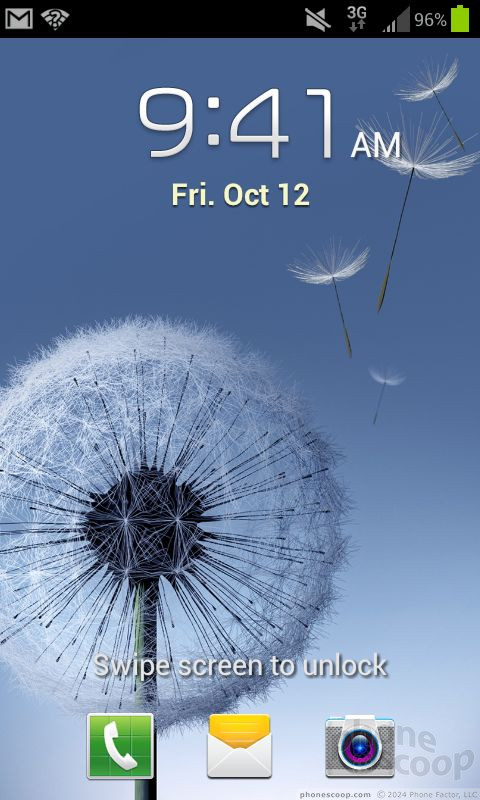






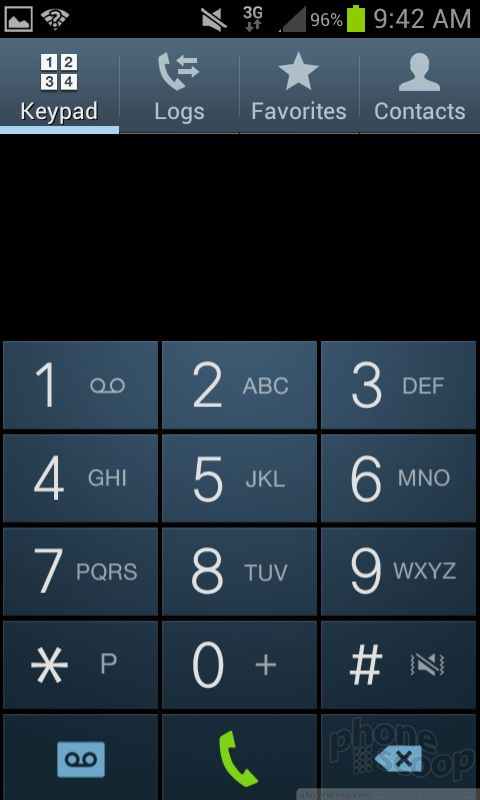






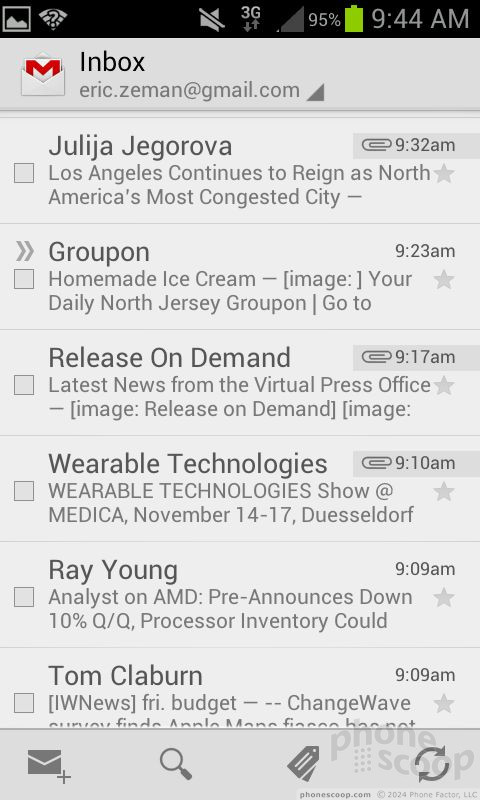





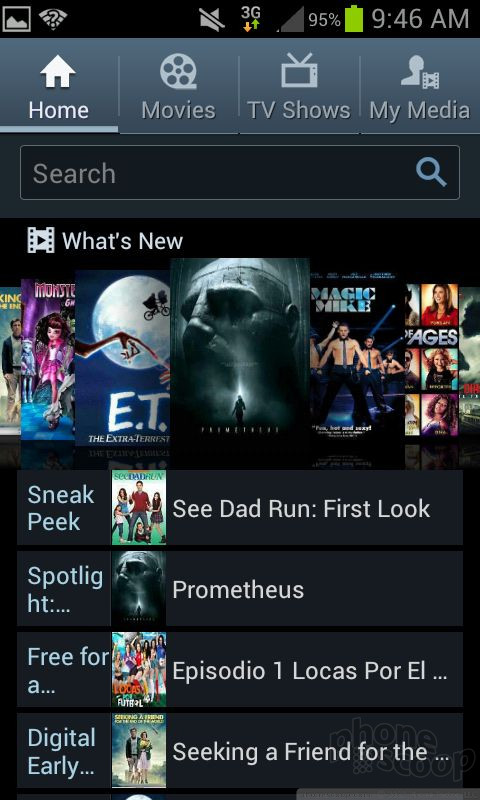






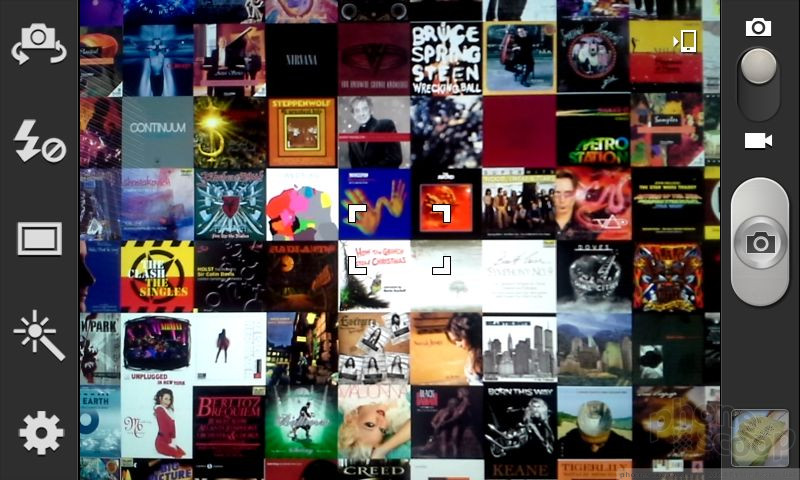

















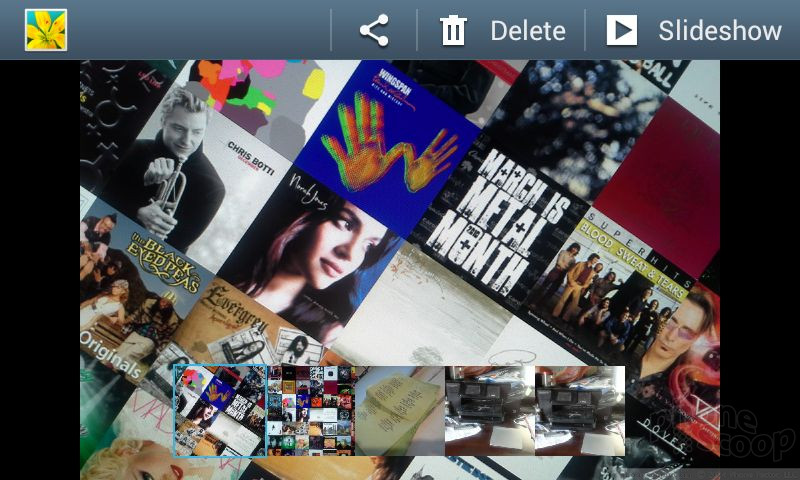





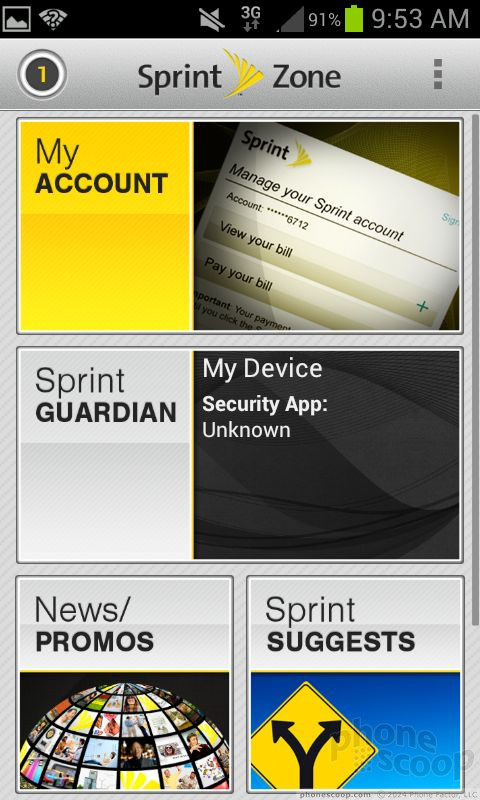



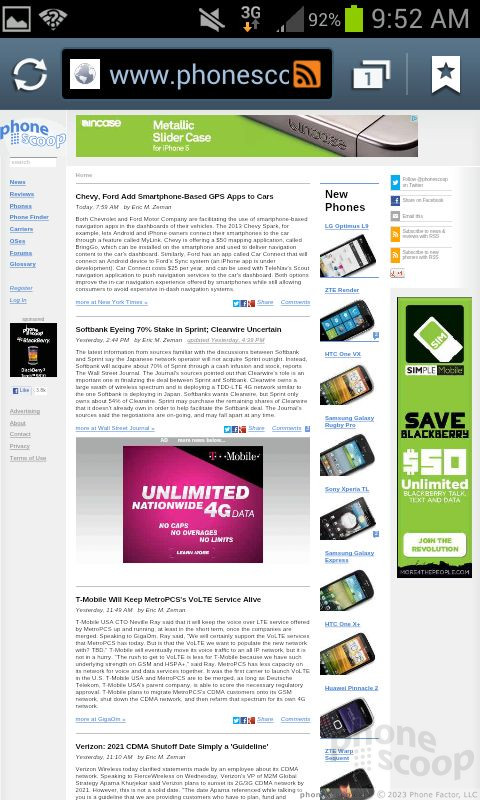





 Hands-On: Samsung Galaxy Victory
Hands-On: Samsung Galaxy Victory
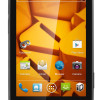 LTE Comes To Virgin, Boost
LTE Comes To Virgin, Boost
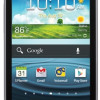 Galaxy Victory a Low-Cost LTE Phone for Sprint
Galaxy Victory a Low-Cost LTE Phone for Sprint
 Samsung Galaxy Victory 4G LTE
Samsung Galaxy Victory 4G LTE








